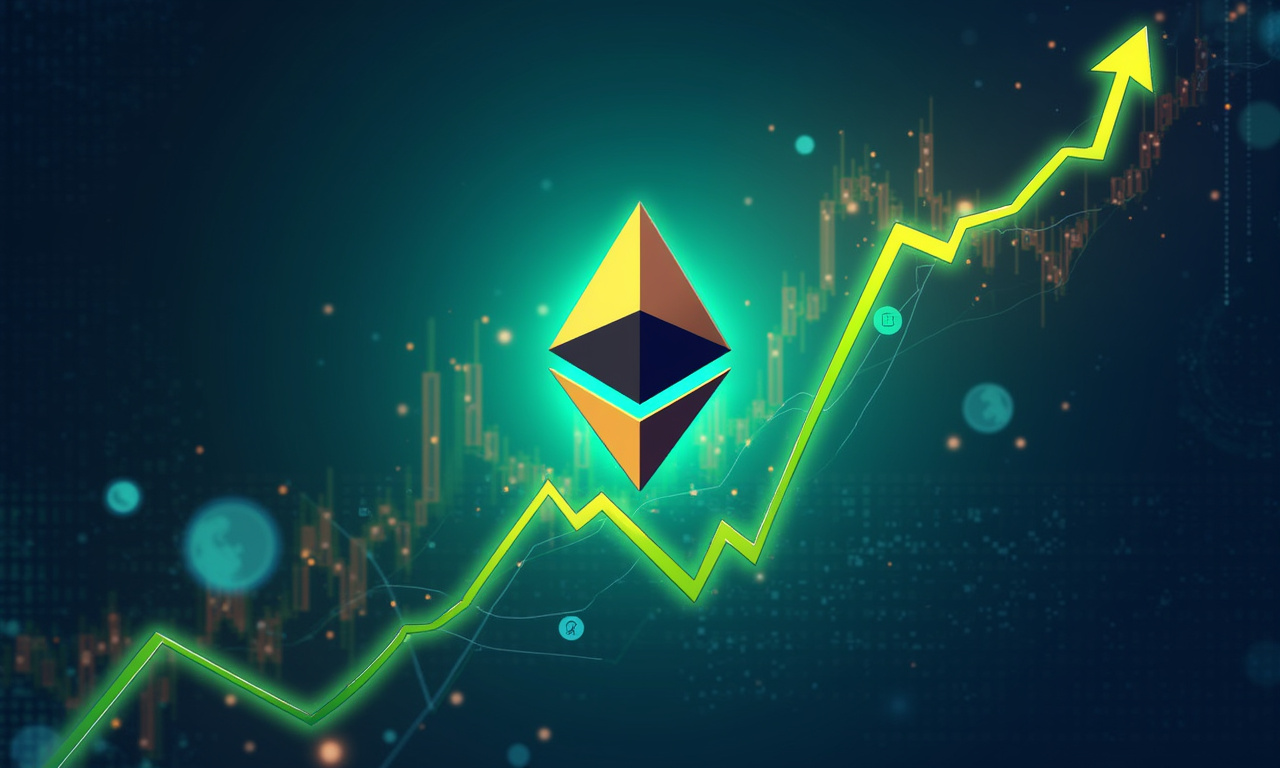After bears tried to drag down the market in June, July saw the strongest bullish momentum push prices to new highs. Massive activity exploded in the Decentralized Finance (DeFi) and Non-Fungible Token (NFT) spaces. Leverage and liquidity DeFi saw remarkable expansion fueled by increasing user interest and new liquidity pouring in through lending, trading, and tokenized assets. NFTs exploded onto the scene this spring, typifying a major return from the crypto world after a long hibernation.
Real-world assets (RWAs) saw a huge wave of momentum, showcasing an undeniable interest to connect traditional assets with the crypto universe. Zora continued this momentum with its Layer 2 solution and its native ZORA token. This innovation saved companies big bucks on NFT minting fees and brought millions of new users onto its platform. Though the total number of transactions had an expected dip, overall market sentiment remained buoyant. This wave of positivity propelled the sector to a new all-time high sector valuation on July 28th.
DeFi Sector Experiences Robust Expansion
Back in July, DeFi was booming at extraordinary rates. This explosion was driven by soaring user demand, and a new wave of liquidity across lending & borrowing, trading and tokenized assets. One clear exception was tokenized stocks, which recently experienced a historic spike in trading volume. Wallet interactions for these assets grew from around 1,600 to more than 90,000, showing a huge increase in the number of people engaging with these assets.
During the same period, the market cap of tokenized stocks rose by 220%, illustrating the booming investor confidence and attraction to this nascent segment. This tremendous growth is a sign that more people are recognizing tokenized assets as a legitimate way to invest and participate in the ever-evolving DeFi ecosystem. Real world assets (RWAs) are currently experiencing massive hype, which is a clear sign that the crypto world is looking to bridge traditional assets with crypto’s innovative ecosystem.
One prominent exchange experienced increasing demand for derivatives and now handles more than 60% of all 24-hour perpetual trading volume. This platform has a stunning $15.3 billion in open interest. It boasts $5.1 billion in USDC bridging, highlighting its pivotal role in powering intricate trading tactics and seamless cross-chain asset movement. These numbers further emphasize the growing complexity and systemic interconnectedness of DeFi platforms with the wider traditional financial environment.
NFT Market Shows Signs of Revival
NFTs hit the headlines with a splash in July, suggesting that the market is on the rebound after a dramatic decline. That boom was driven by new technologies and affordable tools that brought a community of creators and collectors back together. Zora gained momentum with its Layer 2 solution and native ZORA token, reducing NFT minting costs and attracting more users to its platform.
The cost for minting things has decreased substantially. This fee decrease provides a significant break for artists and creators looking to create and sell their digital assets at a lower cost. This aspect of the development has the potential to truly democratize the NFT market by encouraging more diverse and broader participation. Just 5 million of those NFTs, while a staggering number, changed hands in July. At the same time, the overall transaction count fell by 4%.
The total value and number of NFT transactions has decreased marginally. That still shows a market that is recovering and stabilizing. It is a good sign in terms of a lot of positive trends. Next steps and innovations Continuing to develop and innovate will be important to powering the $NFT market’s growth trajectory.
Key Market Indicators and Platform Performance
The bullish sentiment helped propel the entire cryptocurrency industry, as it collectively hit a new all-time high of $270 billion on July 28. This milestone is indicative of the broad, positive momentum and heightened investment activity happening across all segments of the crypto market. The increase was fueled by increasing user demand and new liquidity infusion across lending, trading and tokenized asset markets.
At one point in July, Hyperliquid was responsible for 35% of Solana’s overall blockchain revenue. This statistic underscores the platform's significant contribution to the Solana ecosystem and its growing influence within the broader crypto space. New platforms like Hyperliquid illustrate the potential created by creative solutions. They focus on the role that savvy partnerships will play in fueling blockchain adoption and creating new revenues.




